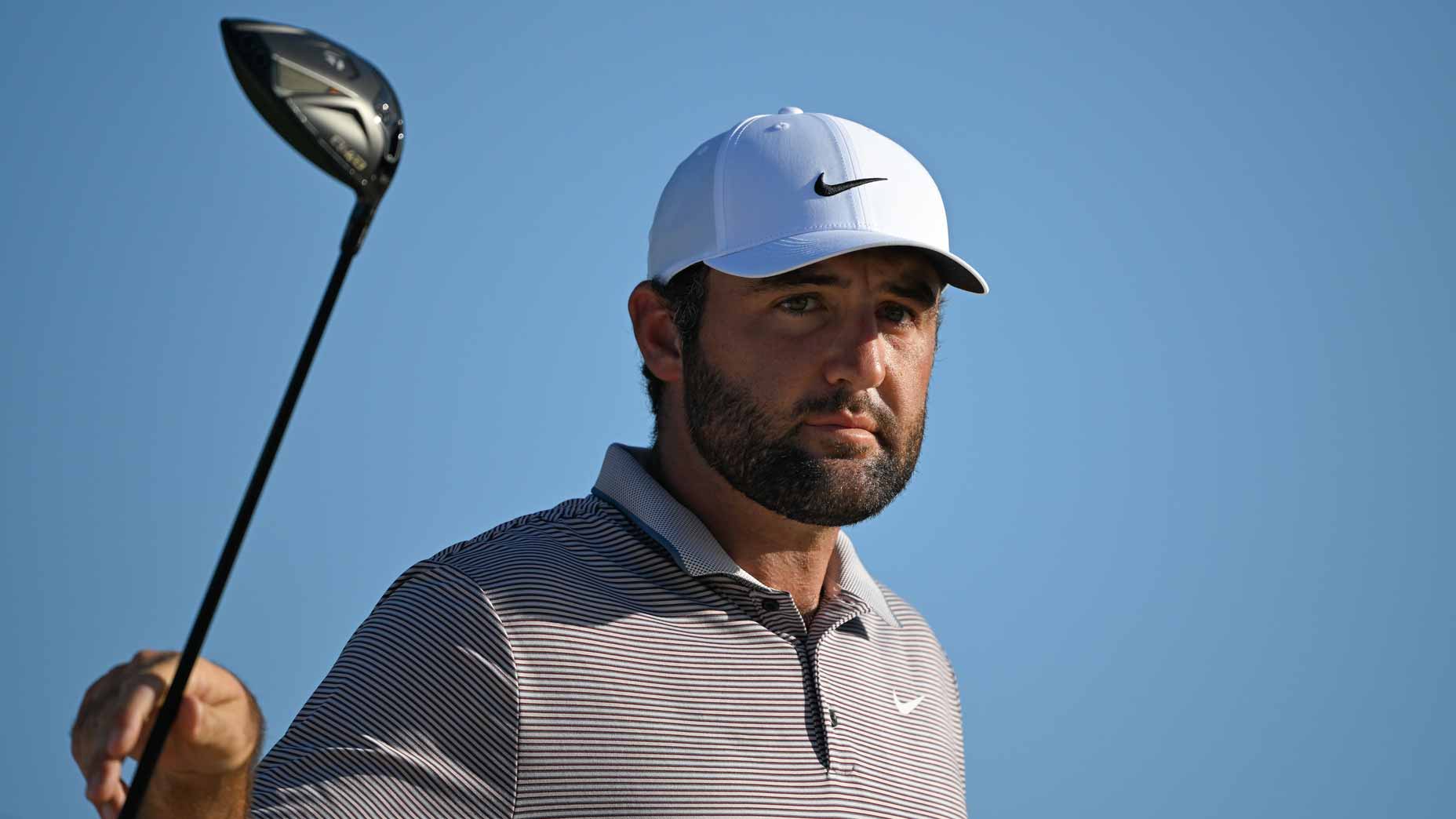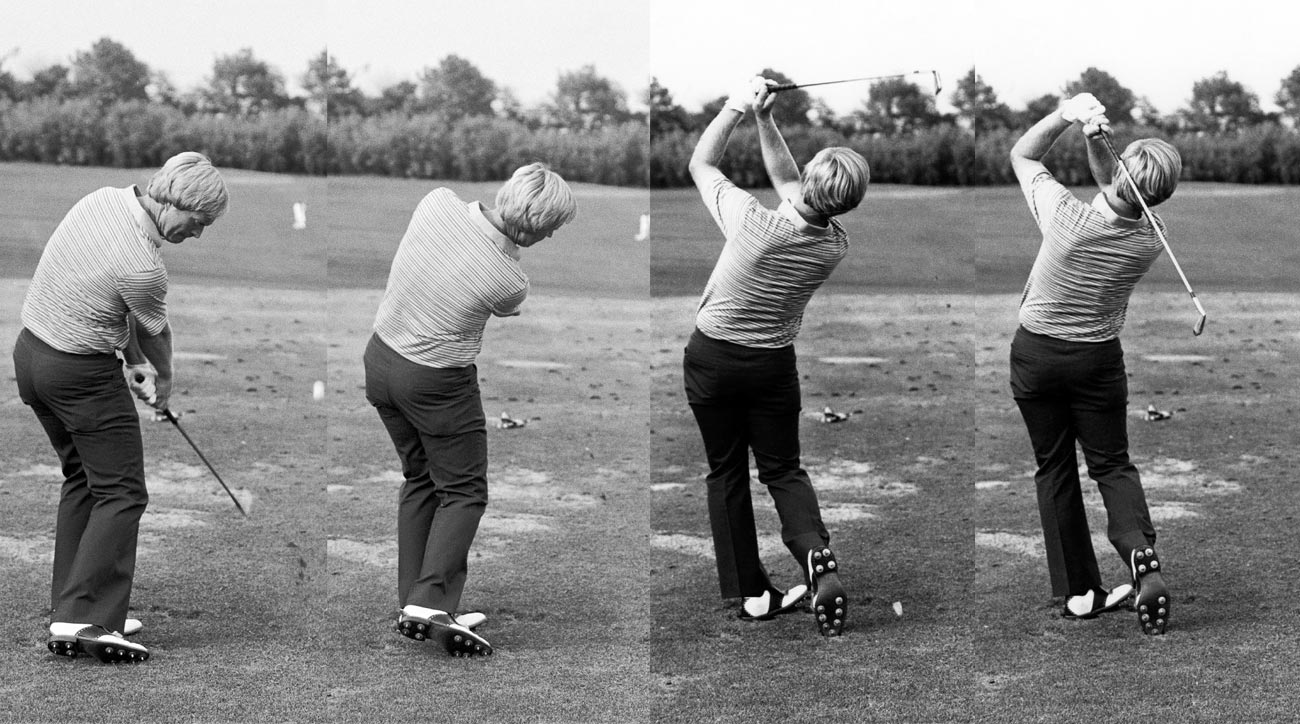 2026 American Express odds: Scottie Scheffler leads favorites in season debut
2026 American Express odds: Scottie Scheffler leads favorites in season debut
Six classic Jack Nicklaus swing tips that only get better with age
“He plays a game with which I’m not familiar,” Bobby Jones said famously of Jack Nicklaus.
Believe me, a lot of us felt the same. Nicklaus in his prime was a breed apart, a golfer of otherworldly athletic gifts with confidence and mental sharpness to match. None of us had ever seen anything like him.
But unfamiliar is not the same as unrelatable. After competing against Nicklaus early in my career, I went on to become director of instruction for Nicklaus Academies Worldwide. I also worked alongside Jack’s instructor, Jim Flick, at the Nicklaus/Flick Golf Schools. So I’ve spent many years watching Nicklaus closely, keen to understand the swing and psyche that made him so great for so long.
Nicklaus played a different game, all right. But I still believe that there are lessons for the rest of us in his approach—lessons that can help any golfer improve his or her game and, in some cases, protect them from injury. Here are six key takeaways.

1. Don’t Over-Tinker
Every golfer tinkers. Nicklaus was no exception. He fiddled with his swing from time to time. But more than anything, he was a model of consistency throughout his career, sticking faithfully to a handful of fundamentals he’d hammered out with Jack Grout, his longtime instructor, and, later, with Jim Flick. On the rare occasions when Nicklaus experimented with something new, the modifications were relatively minor and implemented methodically.
First, he’d try them on the range. Then he’d test them on the course with no pressure, in a pro-am or a practice round. If the changes paid dividends repeatedly, then, and only then, he’d put them into play in competition. Nicklaus didn’t bother trying to force a swing change. If something didn’t work, he’d scrap it and move on rather than spending months struggling to incorporate it. Unlike Tiger Woods, he never went through the painstaking process of rebuilding his swing from scratch.
Being around Nicklaus taught me something that might sound simple but isn’t: Own your swing and be true to yourself. You can have someone watch you with a trusted eye, but you need to have a solid grasp on your own game. If you fall into the trap of trying constantly to be someone else, you’ll never be the best golfer you can be.
2. Focus on Arms
It’s a common refrain in golf instruction: The body controls the arms. But Nicklaus operated the other way around. He had a clear idea of where he wanted his arms to be, and he moved his body to accommodate those positions. For example, Nicklaus wanted to feel that he could swing his arms freely. To do that, he said, he needed to get his right hip out of the way, so on his backswing, he moved his right hip back, not in a lateral slide but a rotation, perpendicular to the target line. Turning his right hip out of the way allowed Nicklaus to bring his arms down unimpeded, exploding through impact with tremendous speed. It’s not a bad move for you to work on, too.
3. Ixnay Your X-Factor
If you’ve followed trends in modern golf instruction, you’re likely familiar with the X-factor—an approach that calls for restricting movement in the lower body to create greater separation between your shoulders and your hips. According to its adherents, the X-factor produces tremendous power. What it really produces is lower back problems by placing strain on the lumbar region of your spine. It’s not how Nicklaus played the game. Rather than restrict his lower body, Nicklaus turned his hips dramatically, nearly as much as he turned his shoulders.
At the top of his swing, he lifted his left heel off the ground, then slammed it back down to initiate his downswing. None of this diminished his power or distance. The opposite, in fact. Swinging this way allowed Nicklaus to engage his hip flexor, which is the second strongest muscle in the body, after the jaw. I’m pleased to see that more and more players are adopting this move today, PGA Tour rookie Matthew Wolff being a prime example.
ADVERTISEMENT

4. Pick a Target and Commit
Nicklaus had remarkable mental focus at address. He’d start by picking a spot a few inches to a few feet in front of his ball, on line with the target, and then another on the same line about 20 feet in front of him. He’d also choose a spot two to three feet behind the ball, which he’d take his club over on his backswing. This wasn’t an overly complicated process, but executing it required focus and commitment. Nicklaus had those in abundance.
Here’s another crucial point: Once Nicklaus had locked in on his target and aligned himself with it, it was all systems go. More than any golfer I’ve encountered, Nicklaus had an ability to commit to a shot without the slightest concern for the outcome. A lot of that comes down to self-belief, but it’s also an outgrowth of hard work and preparation.
5. Find Your Pace
What’s striking about Nicklaus is how consistent his tempo has remained throughout the years. Even today, at 80, his change of direction from the top is no different than it was when he was in his prime. It’s a shorter swing, of course, but the cadence is the same. That’s something we all can learn from. Develop a smooth tempo and transition and stick with it.
6. Accept Imperfections
When Nicklaus was at his best, no one could keep up with him. But even when he wasn’t, he often won. How? He could get the most out of a round with whatever game he had on any given day. But he also refused to let himself spiral into negativity. If he hit a poor shot, he accepted it and moved on. He didn’t draw gloomy conclusions from it. He didn’t start thinking, I’m a bad person. Or The practice I’ve been putting in isn’t worthwhile. Nicklaus understood that bad shots happen, and you need to move past them. Almost as remarkable as his 18 major wins is the fact that he had 19 runner-up finishes in majors. That speaks to his talent but also to his mental toughness. Someone else might play great and beat him. But Nicklaus was never going to beat himself.
To receive GOLF’s all-new newsletters, subscribe for free here.
ADVERTISEMENT





